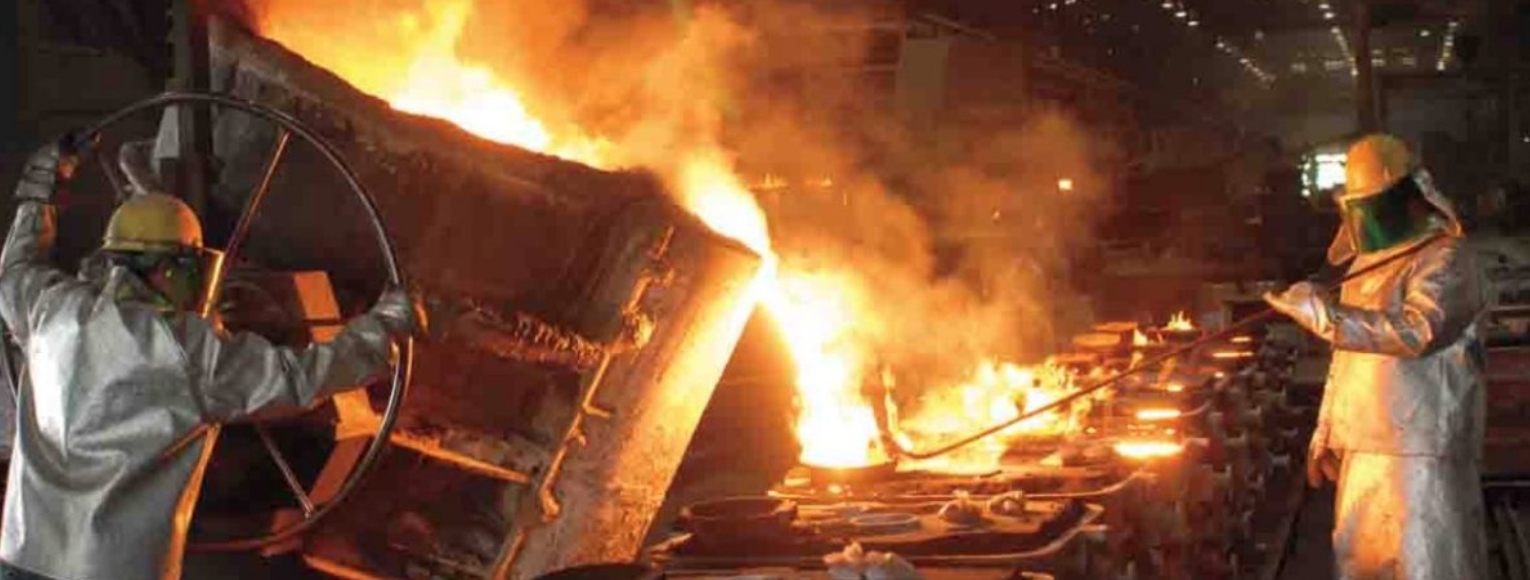
The steel casting process is a vital manufacturing method used to produce complex and customized metal parts. It’s a versatile and widely-used technique across various industries. Here’s a comprehensive guide to understanding the basics of the steel casting process:
1. Overview of Steel Casting Process
- Definition: Steel casting process involves the pouring of molten steel into a mold to create a desired shape.
- Materials: Various steel alloys are used, each with unique properties tailored for specific applications.
2. Types of Steel Casting Process
- Sand Casting: Uses sand-based molds; economical for small to medium-sized production runs.
- Investment Casting: Involves wax models and ceramic molds; provides high accuracy and detail.
- Centrifugal Casting: Utilizes a rotating mold for cylindrical parts; excellent for pipes and rings.
- Die Casting: High pressure and speed; suitable for high-volume production of small to medium parts.
3. Steps in the Steel Casting Process
- Pattern Making: Creating a replica of the final product, usually in wax or wood.
- Mold Making: Producing a mold based on the pattern. The mold material depends on steel casting process.
- Melting and Pouring: Heating steel to a molten state and pouring it into the mold.
- Solidification: Allowing the steel to cool and solidify in the mold’s shape.
- Mold Breakaway: Removing the cast steel from the mold.
- Finishing: Cleaning, machining, and finishing the cast product to desired specifications.
4. Applications of Steel Casting Process
- Automotive: Engine parts, gears, and steering components.
- Construction: Building supports and architectural details.
- Aerospace: Critical components like landing gear and engine parts.
- Railways: Wheels, couplers, and other heavy-duty components.
5. Advantages of Steel Casting Process
- Versatility: Ability to create complex shapes and sizes.
- Strength and Durability: Suitable for high-stress applications.
- Economic Viability: Cost-effective for certain production scales.
6. Challenges and Considerations
- Quality Control: Ensuring the integrity of cast parts.
- Cost: High initial setup costs for some processes.
- Environmental Impact: Managing waste and emissions from steel casting process.
7. Future Trends
- Technology Integration: Use of 3D printing for patterns and molds.
- Material Advances: Development of new steel alloys with enhanced properties.
- Sustainability Initiatives: Efforts to reduce the environmental footprint of steel casting industry.
8. Conclusion
Steel casting process is an essential and evolving field in manufacturing. Its versatility and ability to produce strong, complex components make it indispensable for many industries. The continuous development in steel casting process techniques and materials ensures its ongoing relevance in the future of manufacturing.
